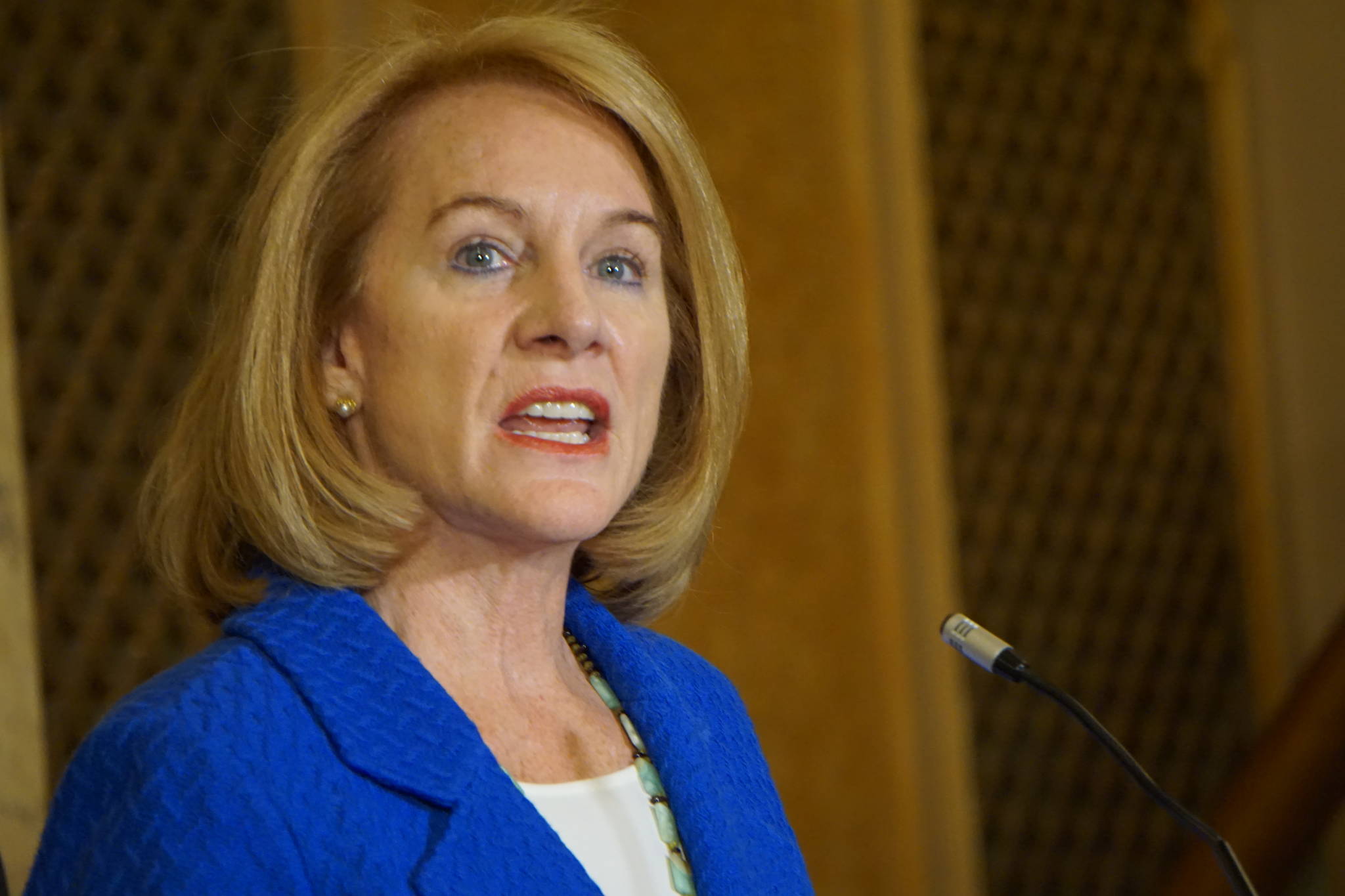As recently as last month, they said it was impossible. The money tabbed to pay for brand new police station could not pay for homes. A city councilmember dismissed the idea as a “false narrative” that raises “expectations and hope.” The mayor’s budget director was more technical: “REET (Real Estate Excise Tax) cannot be used for housing,” he wrote. “Per state law, housing is not one of the eligible uses.”
It couldn’t happen.
Last week, it happened. A supermajority of the city council voted to use REET money to finance $29 million worth of affordable housing. Today, they’re expected to finalize that decision.
This couldn’t happen, yet it did. So what happened, exactly?
Once upon a time in 2014, newly elected city councilmember Kshama Sawant asked whether the city could use its bonding authority—that is, its ability to take a large loan from investors—to fund affordable housing development or preservation. After all, Seattle was (and is) in the depths of an affordable housing famine. Was it possible?
After some back and forth with the City Budget Office, the answer turned out to be yes. In April 2015, newly elected West Seattle councilmember Lisa Herbold grabbed the baton and proposed that the city “issue a small Housing Bond…to save existing market rate affordable housing at risk of redevelopment,” as a memo from her office put it. Rents in newer buildings tend to be more expensive than rents in older ones, even though the addition of more housing units, even expensive ones, will drive down Seattle rents in general. Herbold’s idea was to use bond money to pay for contracted agencies to buy and renovate cheap rental housing that’s at risk of redevelopment—a subsidy to keep cheap housing cheap.
Other councilmembers didn’t bite—but, being Seattleites, were really nice about it. “I’m intrigued,” said Mike O’Brien. “I would love to explore” this, said Rob Johnson. “Thank you, councilmember Herbold, for bringing this to our attention and exposing us to different options,” said Tim Burgess in closing.
“There wasn’t interest in moving it forward at that time,” says Herbold, looking back, “…so I’ve just been waiting for another opportunity to bring it up.”
That opportunity appeared unexpectedly earlier this year when Mayor Ed Murray proposed a new, $160 million North Seattle police precinct (the proposal predated Murray but had been on the city’s backburner for years). The money to pay for the precinct would mostly come from bonds, which the city would repay with future Real Estate Excise Tax (REET) revenues.
The unprecedentedly expensive project met vociferous opposition from both fiscal conservatives who sensed a civic boondoggle and social justice advocates who were loathe to see such a massive investment in police infrastructure. As the huge police precinct project came under attack, Sawant and a small army of activists demanded the city spend the $160 million on housing instead of a police station. “1 Precinct [vs.] 1,000 Homes: YOU DECIDE” cried red posters bearing the City of Seattle logo across the city. Murray officials and some councilmembers dismissed the idea as pie-in-the-sky. According to Crosscut, Murray’s budget director Ben Noble insisted that state law prohibits REET from paying for housing (which is true as far as it goes), while councilmember Debora Juarez disparaged Sawant’s plan because, she said, it gave people false hope for an unachievable goal (Crosscut put a fine point on it, giving the article the headline: “Councilmember asks if Seattle has lost touch with reality”).
In fact, the housing proposal was very much realistic. On September 22, a nonpartisan council central staff memo said that while state law prevents Seattle from spending REET money directly on housing, shuffling REET around with other funding sources allows it to pay for affordable housing indirectly.
Sawant tried repeatedly to get her 1,000 Homes plan on the budget before the council finalized it in late November, but ultimately only O’Brien sided with her. Yet while she didn’t get the full $160 million, Sawant’s politicking and rabble rousing laid the groundwork for Herbold, who saw an opportunity to re-present her bonding idea as a compromise between Sawant’s plan and nothing. While not as ambitious, Herbold’s plan used some of the same ostensibly unrealistic financing as Sawant’s.
The mayor’s office wasn’t a fan. In a letter to council, Noble called the proposal a “financial sleight of hand” and said it “is a two-year funding proposal for a 30-year liability.” Councilmembers Juarez and Burgess also opposed it on fiscal grounds. The cost of borrowing money “in this particular way,” said Burgess, was too high. “By issuing non-tax-exempt bonds…we will be obligating the City of Seattle’s general fund until 2046 to pay the debt service,” said Juarez. “That means other programs…will be displaced, because we’re going to have to pay back $27 million in debt [interest] for $29 million that we borrowed. It doesn’t make sense.”
O’Brien pushed back, saying that Burgess’ analysis “ignores the time value of money. A dollar thirty years from now…is worth much less than a dollar today.” He compared it to a mortgage: “The vast majority of the people that own homes don’t pay cash for it. They borrow money. Yes, that means you have to pay interest for it, but you get the benefit today.”
The rest of the council was down to fund, though, perhaps because Herbold’s plan gave them a middle road through which they could give activists a partial victory while still keeping enough money to fund the north precinct in the future.
Sawant considers the passage of Herbold’s plan “an absolute victory” for her workers’ movement, and credits that victory to housing activists and #BlockTheBunker protesters. For her part, Herbold says Sawant “created the space for this other proposal to come forward, absolutely.” By asking for something not possible, she pushed the council to figure out what was.








